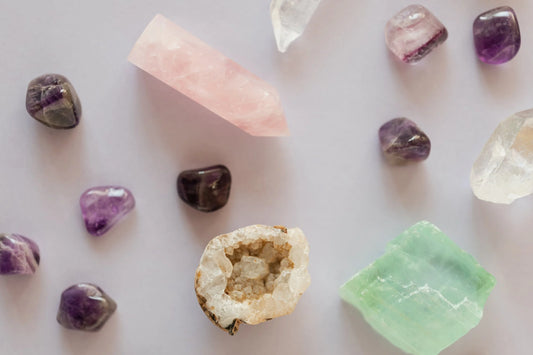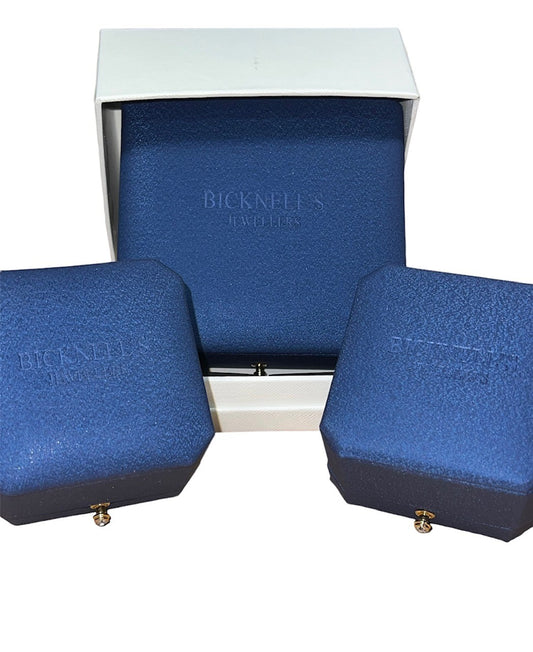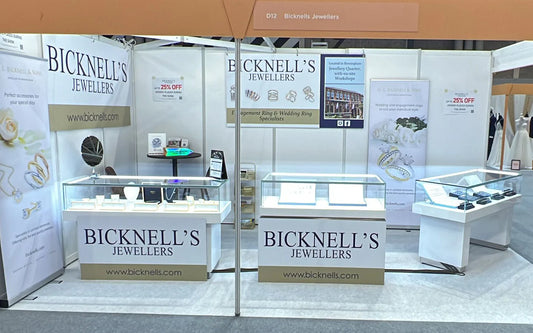News

Unveiling the Magic of Birthstones: Discover Yo...
Birthstones, vibrant and full of mystique, have captivated humanity for centuries. These gems, each corresponding to a month of the year, are not just beautiful ornaments; they carry deep symbolic...
Unveiling the Magic of Birthstones: Discover Yo...
Birthstones, vibrant and full of mystique, have captivated humanity for centuries. These gems, each corresponding to a month of the year, are not just beautiful ornaments; they carry deep symbolic...

Leap of Love: Embracing Valentine's Day Proposa...
Valentine's Day, celebrated on February 14th, is universally recognised as a day of love and romance. Across the globe, couples express their affection through gifts, heartfelt notes, and gestures of...
Leap of Love: Embracing Valentine's Day Proposa...
Valentine's Day, celebrated on February 14th, is universally recognised as a day of love and romance. Across the globe, couples express their affection through gifts, heartfelt notes, and gestures of...

The Art of Luxury Packaging
At Bicknells, we pride ourselves on selling beautiful items to our customers that they can adore for a lifetime. From easy-wearing gold jewellery like hoop earrings and bracelets to...
The Art of Luxury Packaging
At Bicknells, we pride ourselves on selling beautiful items to our customers that they can adore for a lifetime. From easy-wearing gold jewellery like hoop earrings and bracelets to...

The National Wedding Show 2024
We're going to be at the National Wedding Show 2024! Once again, showing a limited stock, we'll be more than happy to help anyone looking for a dazzling new piece...
The National Wedding Show 2024
We're going to be at the National Wedding Show 2024! Once again, showing a limited stock, we'll be more than happy to help anyone looking for a dazzling new piece...

How To Find Us
Taking the train? With train stops all over Birmingham, it's easy to get to the Jewellery Quarter. Whether you're able to get from where you live straight to the Jewellery Quarter...
How To Find Us
Taking the train? With train stops all over Birmingham, it's easy to get to the Jewellery Quarter. Whether you're able to get from where you live straight to the Jewellery Quarter...